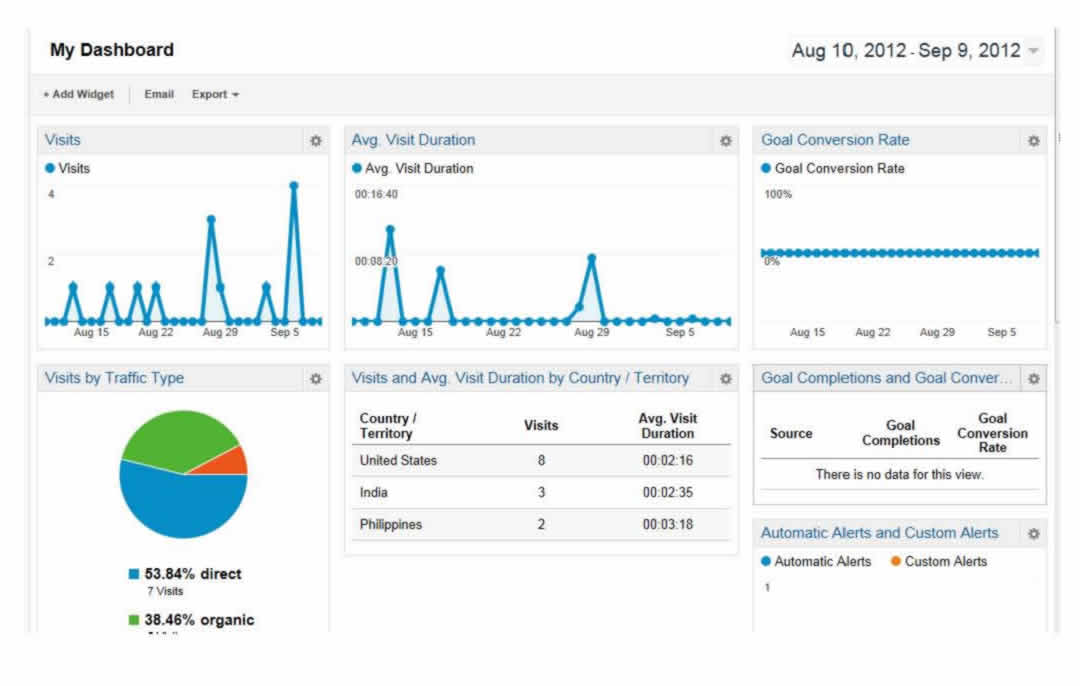Understanding the Relationship between Website Conversion & Analytics
As a business owner, you understand that you have to have a website and some form of online marketing plan in place to drive leads to your sales funnel. However, if you are like most executives, that’s where your comprehension of online marketing as a lead generation tool ends. To fully understand how your website and online marketing plan can successfully drive internet leads to your sales team, you need to have a grasp on how to measure the successes, or failures, of your online marketing plan, and that means be able to analyze the metrics attached to your marketing efforts so you can make changes to improve your results.
 So, What Should you Watch?
So, What Should you Watch?
There are three baseline analytics, A/K/A metrics that you should watch regularly to gauge the lead conversion status of your website:
- Unique Site visitors – As long as they increase every month, or at worst stay the same, you’re good to go.
- Goal Conversions– As we noted last week, it’s important to set up Goals for your calls to action so you can gauge their conversion rate.
- Bounce Rate – This stat will let you know if your website is talking to your audience effectively enough to get them to stick around on your site. The longer they visit, the better chance they’l convert.
Website Conversion Tracking
Ultimately, what you’re tracking with analytics is your rate of website conversion per site visitor. What does that mean? Each time a site visitor answers a call to action you have on your website, (download links, sign up buttons, forms or registrations, for example,), that counts as a conversion for your marketing efforts. You have driven the visitor to your site and caused them to react by DOING something. That’s where those goals we spoke about in the last post come in. By tracking the goals for each of your calls to action, you can see if your marketing is driving your site traffic to ACT, subsequently entering your sales funnel. Check back next week for some details on Calls to Action and how to use them effectively in your online marketing efforts.
Remember, your website is the hub of your marketing efforts, and those marketing efforts are geared towards sending prospects into your sales funnel. Lead generation is null and void without website conversion, and the only way you can know if your website is converting is by tracking your analytics regularly.
If you need a little assistance implementing or monitoring your analytics program, it may be time to reach out to a marketing agency with experience in building and managing convertible analytics plans.

